Avoiding the Most Common Bird Name Mistakes
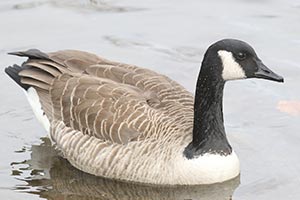
These are some of the most common errors I see involving incorrect bird names (with a bias towards the northeastern U.S.). If you currently use any of these, don't sweat it. I'm not writing this with the intention of mocking anyone, but, rather, to educate and help less experienced birders to be able to avoid these mistakes. No matter your birding skill level, there's always more to learn.
Canadian Geese
"Canadian" Goose is one of the most common bird name mistakes, since the species is extremely common, and known even to most non-birders. Just like Canada Warbler and Canada Jay, the species name is Canada Goose. Many other species named in honor of places follow a similar convention, such as Tennessee Warbler, Virginia Rail, and Philadelphia Vireo.
Red-breasted Grosbeak
Mergansers and nuthatches are red-breasted; grosbeaks are rose-breasted. It makes sense when you look at the color, which has a bit more of a pinkish tone.
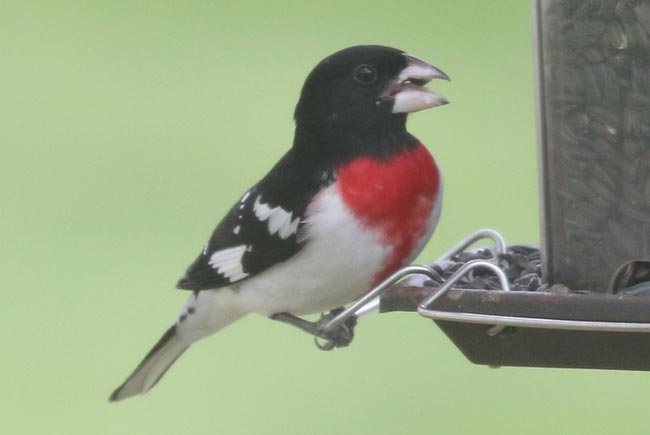
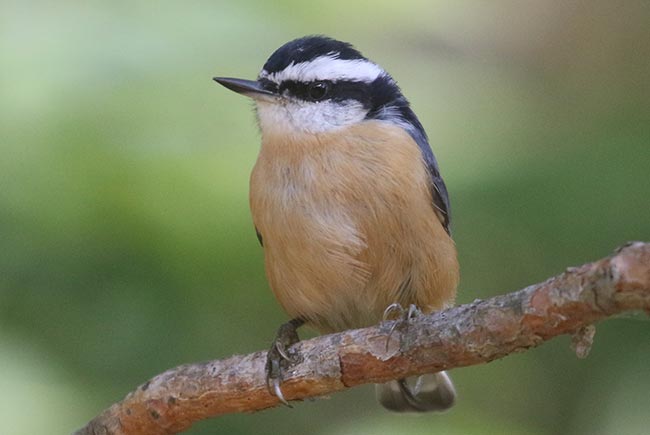
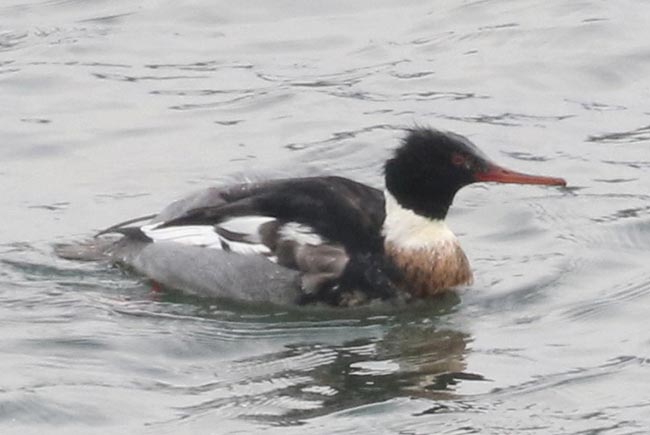
Double-breasted Cormorant
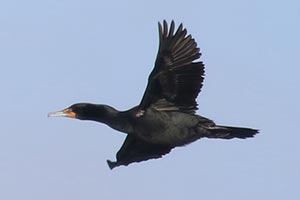
I'm not sure why this mistake gets made as often as it does. I assume it's just from careless reading, added with the fact that there are many "breasted" birds, such as Red-breasted Merganser, Buff-breasted Sandpiper, Red- and White-breasted Nuthatch, Rose-breasted Grosbeak, etc. Or maybe it's just often from autocorrect, because (as of February 2022 when I'm writing this) even the All About Birds site makes this mistake once in their conservation information for this species, and surely the authors there are pretty knowledgeable, and wouldn't make that mistake.
In any case, the species is actually named Double-crested Cormorant, after the fact that they have two crests/ear tufts ("nuptial crests") in breeding plumage.
Adding "duck" to a variety of species
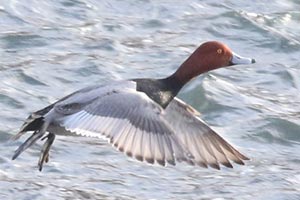
Many species of duck do not have the word "duck" in their official name, but you'll often see people try to add it. While this is unlikely to cause confusion over the species in question, doing it in birding circles is likely to make you seem inexperienced/unknowledgeable. The most common species examples you'll hear this with are Gadwall, Mallard, Northern Pintail, Canvasback, Redhead (I've seen this species called not only Redhead Duck, but also Red-headed Duck, which is definitely a name you want to avoid using), and Bufflehead, although that's not an exhaustive list of species that could have this mistake made.
Seagull
Another name mistake that gets made frequently due to the ubiquity of members of this family. Even non-birders will notice gulls at the beach (or even inland, where numbers can grow quite large certain times of year). Most birders completely avoid the colloquial name "seagull" and just refer to "gulls" or the specific name of the species, most of which have "gull" in the name anyway.
Calling every woodpecker with red on the head a "Red-headed Woodpecker"
This mistake gets made extremely frequently, and is particularly problematic because there is actually a species called Red-headed Woodpecker. Due to the large amount of red on their heads, male Red-bellied Woodpeckers are one of the main species frequently called this, but nearly every woodpecker species in North America can have some amount of red on the head.
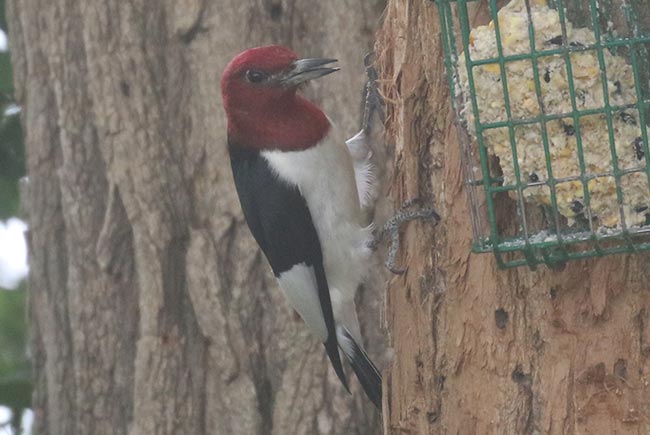
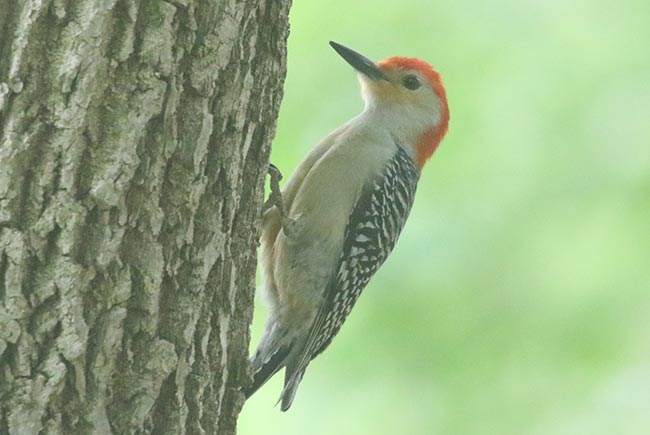
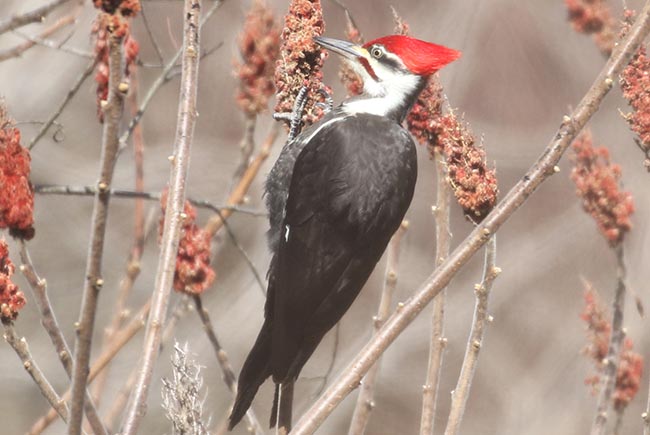
Merlin Falcon
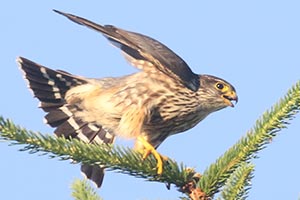
Merlins are a species of falcon, but their official name does not include falcon.
Sora Rail
Just like Merlin/falcon, Soras are a species of rail, but their official name doesn't actually have "rail" in it.
Redwing
This is often used as a shortened version of Red-winged Blackbird, but should probably be avoided because there is a European species called Redwing, which is a cousin of the American Robin and is a rare visitor to North America.
Common Yellowthroat Warbler
There's a Yellow-throated Warbler and a Common Yellowthroat (which is also a species of warbler), so to avoid confusion between the two, it's best not to add "warbler" to the end of Common Yellowthroat. I've also heard "Common Yellow-throated Warbler," which is even more confusing.
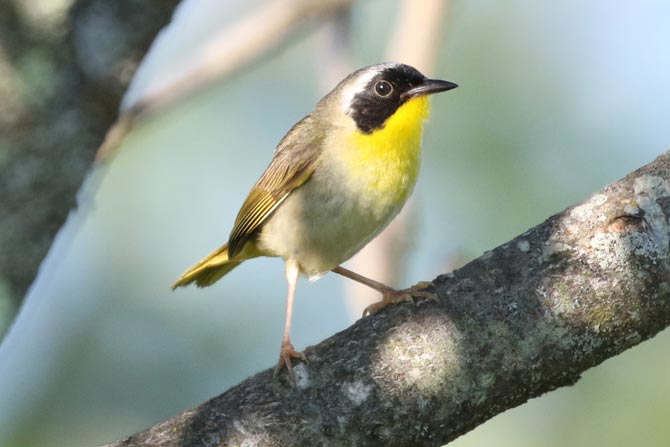
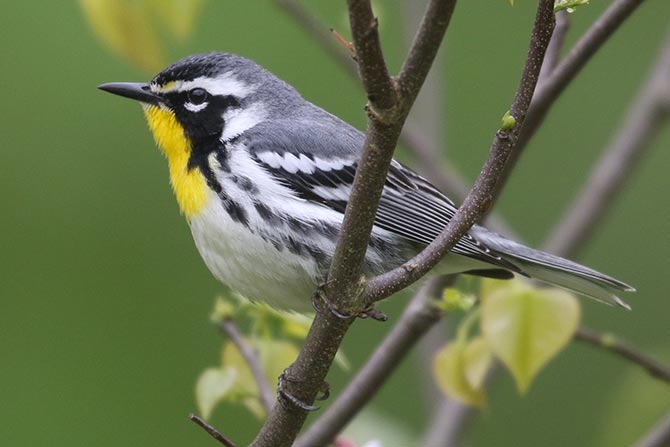
Putting spaces where they shouldn't be
This is obviously more of an issue in typed references than in spoken ones, but I frequently see this done on social media. These are some of the birds I see it most-commonly done to:
- Canvas back
- Red head
- Buffle head
- King fisher
- Red poll (or worse, red pole)
- Blue bird
- Oven bird
Heron vs Herring
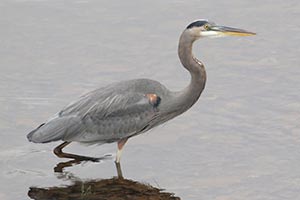
Herring are fish (and a gull). Herons are wading birds.
Great White Egret
Great Egret is sometimes called Great White Egret in the Old World, but in North America, it's best to use the standard name because of possible confusion with "Great White Heron," which is currently considered a form of Great Blue Heron (mostly in Florida), but might possibly be split out as its own species at some point.
Buzzard
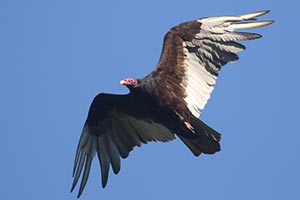
Often colloquially used to refer to vultures, but that should be avoided because the buzzard family is the Old World equivalent to our Buteo hawks, such as Red-tailed Hawk.
American Bald Eagle
This is a favorite of non-birders. I assume they are trying to sound more informed by using the "full name" when talking to a birder, but, of course, the name is simply Bald Eagle.
Yellow finch
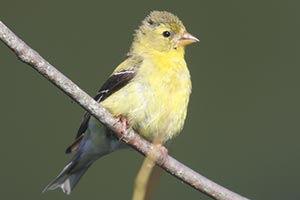
Often this is used to refer to American Goldfinch. In the eastern U.S., it's typically fine to shorten the name to goldfinch in informal settings (since the other goldfinch species are out west), but avoid yellow finch.
Red Finch
Typically this refers to House Finch, which is the same number of syllables and only 2 more letters, so I don't see any reason to use a non-standard name.
Greater vs Great
This is something that comes up fairly regularly because of how many species names include one or the other, and it can be hard for beginners (and even more experienced birders sometimes!) to keep track of. Often, it's "greater" if there's a corresponding "lesser," although that's not always true — looking at you, black-backed gulls!
Great
- Great Cormorant
- Great Blue Heron
- Great Egret
- Great Black-backed Gull
- Great Horned Owl
- Great Crested Flycatcher
Greater
- Greater White-fronted Goose
- Greater Scaup
- Greater Yellowlegs
Shorebirds
You will often hear people refer to any species that you see at the beach as "shorebirds," but actually that family is just limited to birds like stilts, avocets, oystercatchers, plovers, sandpipers, etc. Things like gulls, terns, frigatebirds, herons/egrets, etc. are NOT shorebirds.
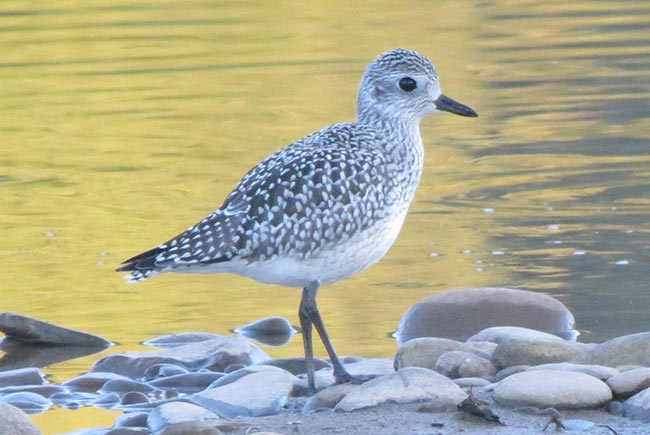
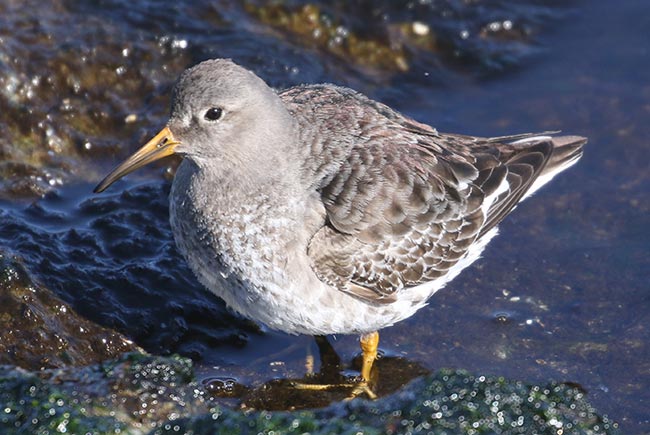
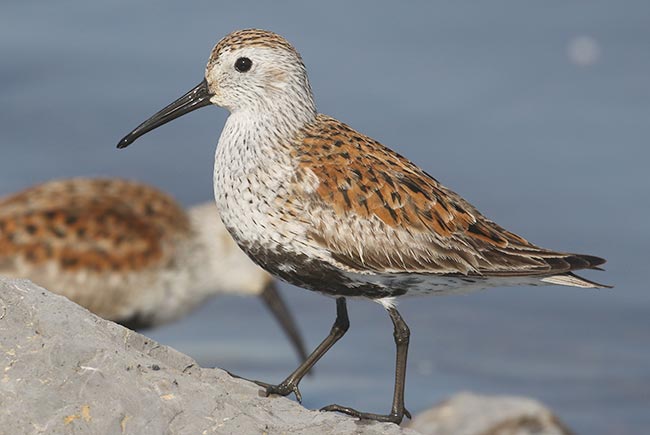
All photos © Bobby Brown.